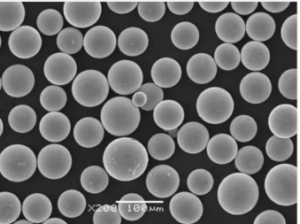Vue d'ensemble Poudre de CuSnZn
La poudre CuSnZn, également connue sous le nom de poudre de cuivre-étain-zinc, est une poudre d'alliage spécialisée qui offre une combinaison unique de propriétés mécaniques, de résistance à la corrosion et de polyvalence dans diverses applications industrielles. Cet alliage comprend généralement un mélange équilibré de cuivre (Cu), d'étain (Sn) et de zinc (Zn), qui agissent en synergie pour améliorer les propriétés de la poudre dans les domaines de la métallurgie, des revêtements, du frittage et du brasage.
L'alliage CuSnZn se distingue dans la catégorie des poudres métalliques par son équilibre entre solidité et résistance à la corrosion, ce qui le rend populaire dans des industries allant de l'automobile et de l'aérospatiale à l'électronique et à la construction. L'ajout d'étain confère à l'alliage une résistance et une ténacité accrues, tandis que le zinc lui confère une meilleure résistance à l'usure et des qualités anticorrosives.
Nous allons nous intéresser de plus près aux types, à la composition, aux caractéristiques et aux applications de la poudre de CuSnZn. Nous examinerons également des modèles spécifiques, des spécifications et des comparaisons pour vous aider à comprendre comment cette poudre d'alliage peut s'intégrer dans vos projets.
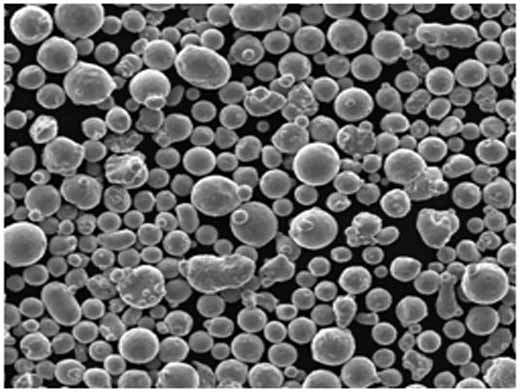
Composition et propriétés de la poudre de CuSnZn
La composition de la poudre CuSnZn varie légèrement en fonction des caractéristiques souhaitées, mais les principaux composants restent le cuivre, l'étain et le zinc dans des proportions variées. Chaque métal apporte des propriétés uniques à l'alliage :
| Composant | Symbole | Gamme de composition typique (%) | Propriétés apportées |
|---|---|---|---|
| Cuivre | Cu | 60-90% | Conductivité thermique/électrique élevée, ductilité |
| Etain | Sn | 5-20% | Solidité, dureté, résistance à la corrosion |
| Zinc | Zn | 5-20% | Résistance à l'usure, résistance accrue, point de fusion plus bas |
Comprendre le rôle de chaque composante
- Cuivre (Cu): Le métal primaire, le cuivre, fournit une ductilité essentielle, rendant la poudre facile à façonner et à former. Sa conductivité électrique élevée le rend également propice aux applications électroniques.
- Étain (Sn): L'ajout d'étain renforce l'alliage, améliore sa dureté et sa résistance à la corrosion, ce qui le rend idéal pour les pièces mécaniques.
- Zinc (Zn): Le zinc ajoute une résistance à l'usure et contribue à abaisser le point de fusion, ce qui est avantageux dans des applications telles que le brasage et la soudure.
Caractéristiques de la poudre de CuSnZn
Le mélange unique de poudre de CuSnZn permet d'obtenir les caractéristiques notables suivantes :
| Caractéristique | Détails |
|---|---|
| Résistance à la corrosion | Haute résistance à la corrosion dans divers environnements grâce à la teneur en cuivre et en étain. |
| La force | Cet alliage est résistant et durable, ce qui le rend idéal pour les applications structurelles et mécaniques. |
| Résistance à l'usure | Le zinc améliore la résistance à l'usure et convient aux composants soumis à de fortes contraintes. |
| Conductivité thermique | Conductivité thermique élevée grâce au cuivre, utile dans les applications sensibles à la chaleur. |
| Point de fusion bas | Point de fusion plus bas que celui du cuivre pur, ce qui permet d'améliorer le brasage et le frittage. |
Types et grades de Poudre de CuSnZn
Voici quelques-uns des types les plus courants et des modèles spécifiques de poudre de CuSnZn, chacun optimisé pour des besoins industriels particuliers. Ces poudres varient en termes de taille des particules, de composition et d'application.
| Nom du modèle | Composition (Cu-Sn-Zn %) | application | Propriétés uniques |
|---|---|---|---|
| CuSn10Zn2 | 88-10-2 | Revêtements décoratifs, bijoux | Excellente résistance à la corrosion |
| CuSn5Zn5 | 90-5-5 | Contacts électriques, revêtements à faible friction | Conductivité électrique élevée |
| CuSn8Zn4 | 88-8-4 | Roulements, bagues | Meilleure résistance à l'usure |
| CuSn6Zn3 | 91-6-3 | Engrenages, petites pièces de machines | Équilibre entre la résistance et l'usinabilité |
| CuSn9Zn1 | 90-9-1 | Brasage et soudure | Point de fusion plus bas |
| CuSn7Zn2 | 91-7-2 | Composants aérospatiaux, échangeurs de chaleur | Conductivité thermique élevée |
| CuSn12Zn1 | 87-12-1 | Composants automobiles, fixations | Ténacité accrue |
| CuSn3Zn5 | 92-3-5 | Raccords industriels, sièges de vannes | Bonne résistance à l'usure abrasive |
| CuSn11Zn4 | 85-11-4 | Équipement marin, hélices | Résistance supérieure à la corrosion dans l'eau |
| CuSn15Zn2 | 83-15-2 | Pièces mécaniques soumises à de fortes contraintes | Dureté et résistance à la traction élevées |
Chacun de ces modèles présente des atouts légèrement différents, d'où l'importance de choisir le bon type en fonction de ses besoins spécifiques.

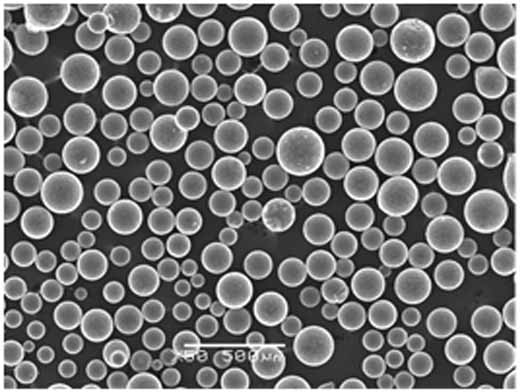
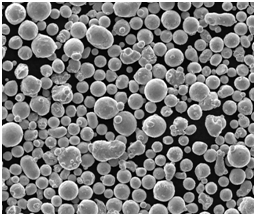
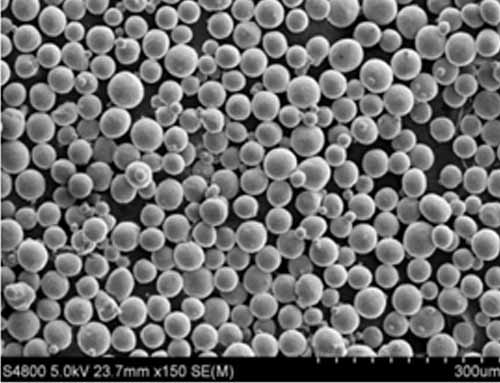
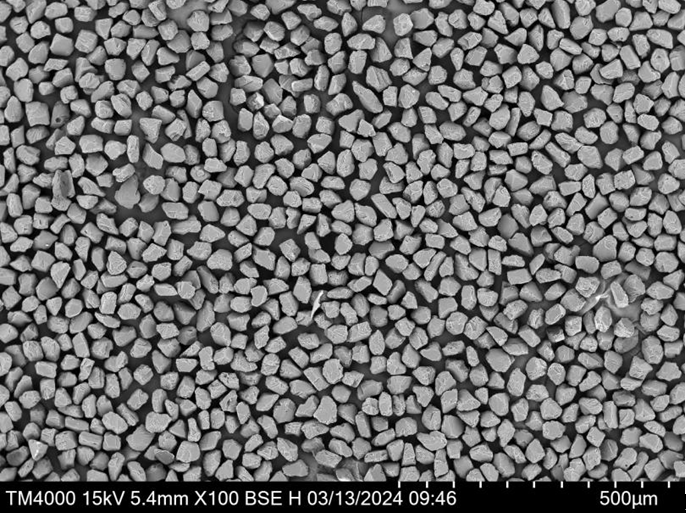
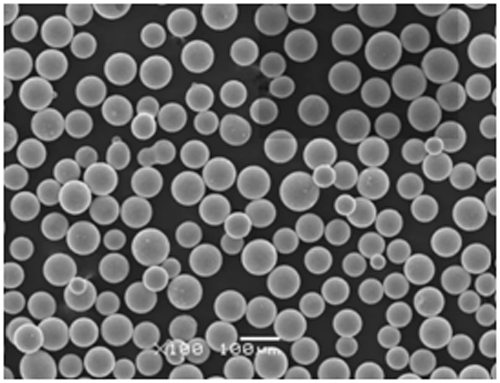
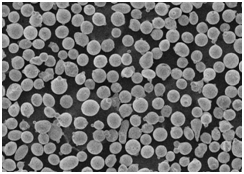
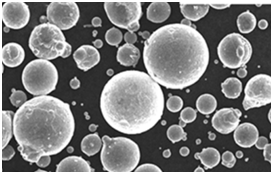
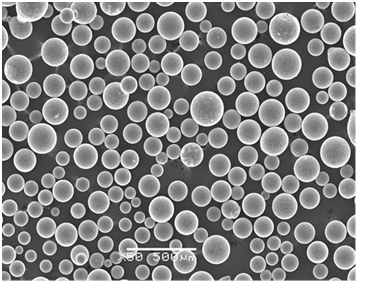
Applications de la poudre de CuSnZn
La polyvalence de la poudre CuSnZn lui permet de répondre à un large éventail d'applications :
| application | Détails |
|---|---|
| Industrie automobile | Roulements, coussinets, engrenages, en raison de leur résistance à l'usure et de leur durabilité. |
| Industrie aérospatiale | Composants des moteurs et pièces structurelles nécessitant une grande solidité et une résistance à la corrosion. |
| Électronique | Contacts électriques, connecteurs et matériaux de dissipation thermique. |
| Génie maritime | Hélices, accessoires marins, en raison de leur résistance supérieure à la corrosion. |
| Fabrication industrielle | Roulements, coussinets, revêtements à faible coefficient de frottement pour machines. |
| Bijoux et arts décoratifs | Utilisé pour les revêtements esthétiques, les bijoux en raison de leur couleur attrayante et de leur durabilité. |
| Brasage et soudure | Alliages à bas point de fusion qui assurent une liaison solide dans les assemblages métalliques. |
| Échangeurs de chaleur | Une conductivité thermique élevée est bénéfique pour un transfert de chaleur efficace. |
Spécifications des modèles de poudre de CuSnZn
| Modèle | Gamme de taille des particules (µm) | Densité (g/cm³) | Point de fusion (°C) | Dureté (HV) |
|---|---|---|---|---|
| CuSn10Zn2 | 20-45 | 7.6 | 980 | 120 |
| CuSn5Zn5 | 15-50 | 7.7 | 990 | 110 |
| CuSn8Zn4 | 25-60 | 7.5 | 970 | 130 |
| CuSn6Zn3 | 10-40 | 7.65 | 980 | 125 |
| CuSn9Zn1 | 5-30 | 7.8 | 950 | 115 |
| CuSn7Zn2 | 20-60 | 7.7 | 960 | 130 |
| CuSn12Zn1 | 15-45 | 7.6 | 940 | 140 |
| CuSn3Zn5 | 20-55 | 7.75 | 930 | 110 |
| CuSn11Zn4 | 25-70 | 7.6 | 920 | 135 |
| CuSn15Zn2 | 10-50 | 7.5 | 910 | 145 |
Avantages et limites de la Poudre de CuSnZn
| Fonctionnalité | Avantages | Limites |
|---|---|---|
| Résistance à la corrosion | Très résistant à la corrosion dans les environnements marins et industriels. | Moins résistant que d'autres alliages dans des conditions d'acidité extrême. |
| Résistance à l'usure | Excellente résistance à l'usure, en particulier avec l'ajout de zinc. | Une teneur en zinc plus élevée peut entraîner une fragilité dans certaines applications. |
| Conductivité thermique | Efficace dans le transfert de chaleur, utile pour l'électronique et les échangeurs de chaleur. | Moins élevé que le cuivre pur ou les alliages cuivre-aluminium dans les applications thermiques. |
| Résistance et dureté | Offre un bon équilibre entre résistance et dureté, idéal pour les pièces porteuses. | Ils peuvent être plus mous que les alliages à base d'acier, ce qui limite leur utilisation dans les applications soumises à des contraintes extrêmement élevées. |
| Usinabilité | Facilement usinable avec des outils standard, ce qui réduit les coûts de production. | Une teneur plus élevée en étain ou en zinc peut réduire l'usinabilité en raison d'une fragilité accrue. |
| Coût | Généralement plus abordable que le cuivre pur ou les alliages spécialisés. | Les prix fluctuent en fonction de la demande du marché pour le cuivre, l'étain et le zinc. |
Principaux fournisseurs et informations sur les prix
| Fournisseur | Pays | Prix moyen (par kg) | Niveaux disponibles |
|---|---|---|---|
| ABC Metals | ÉTATS-UNIS | $25 – $40 | CuSn10Zn2, CuSn5Zn5 |
| Global Alloy Ltd. | Allemagne | $28 – $45 | CuSn8Zn4, CuSn6Zn3 |
| Monde des alliages | Japon | $30 – $42 | CuSn7Zn2, CuSn12Zn1 |
| Métaux R Us | ROYAUME-UNI | $27 – $38 | CuSn3Zn5, CuSn11Zn4 |
| CopperCraft | Chine | $20 – $35 | CuSn9Zn1, CuSn15Zn2 |
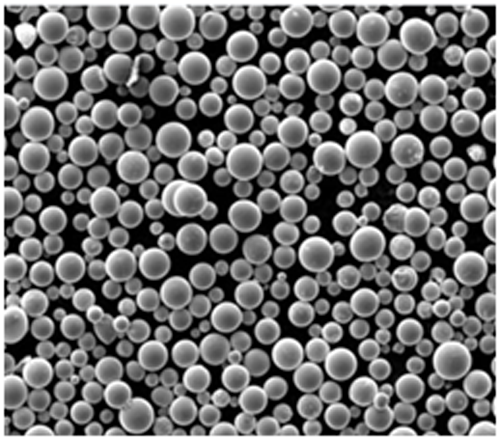
FAQ
| Question | Réponse |
|---|---|
| À quoi sert la poudre de CuSnZn ? | Il est largement utilisé dans les secteurs de l'automobile, de l'aérospatiale, de la marine et de l'électronique en raison de sa résistance à la corrosion. |
| La poudre CuSnZn peut-elle remplacer le cuivre pur ? | Dans de nombreux cas, oui. Il offre une conductivité thermique similaire, mais avec une solidité et une résistance à la corrosion accrues. |
| Quelle est la fourchette de prix habituelle ? | Les prix varient entre 20 – ; 45 $ par kg, en fonction de la composition et du fournisseur. |
| La poudre CuSnZn est-elle bonne pour le brasage ? | Absolument, son faible point de fusion en fait un excellent choix pour les applications de brasage et de soudure. |
| Quel est le principal avantage de cet alliage ? | Cet alliage offre un mélange équilibré de solidité, de résistance à l'usure et de résistance à la corrosion. |

